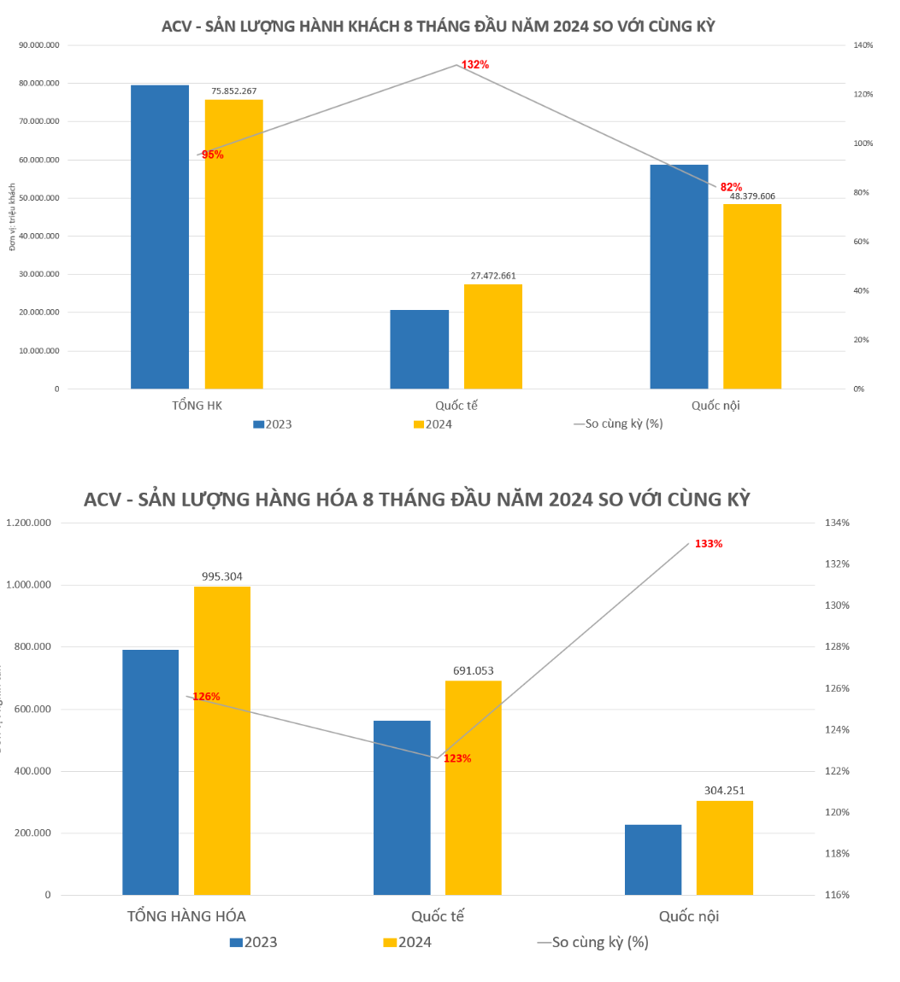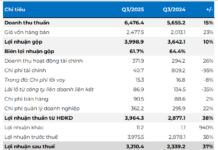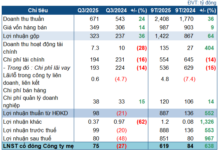According to a report by the Vietnam Airports Corporation – Joint Stock Company (ACV), the number of take-off and landing operations reached 460,135 during the first eight months of 2024, fulfilling 65.2% of the annual plan and representing a 7.9% decrease compared to the same period in 2023.
Of these, international take-off and landing operations reached 170,362, a 22% increase, while domestic operations totaled 289,772, a 19.5% decrease compared to the same period last year.
Additionally, the cargo and mail volume reached 995,304 tons, accounting for 72.7% of the annual plan and reflecting a significant 25.6% increase from 2023.
“Passenger volume reached 75,852,267, meeting 66.6% of the annual plan and showing a slight decrease of 4.3% compared to 2023. International passengers accounted for 27,472,661, a substantial 32.4% increase, while domestic passengers totaled 48,379,606, a 17.3% decrease from the previous year.”
(ACV Report)
Breaking down the cargo and mail volume, international cargo and mail reached 691,053 tons, a 22.7% increase, while domestic cargo and mail volume totaled 304,251 tons, a significant 32.8% rise compared to the same period in 2023.
During these eight months, ACV ensured absolute security and safety at its airports. They directed their airports to maintain efficient operations, preventing any significant incidents and providing seamless service for special flights of the Party, State, and international delegations.
The quality of security and safety services continues to improve, with indicators showing a downward trend compared to the same period last year. Across the network, there were 186 aviation safety incidents, a reduction of 43 cases compared to 2023.
Regarding safety, incidents and accidents in the three areas of airport operations, air traffic management, and aircraft operations decreased by 20% compared to the same period last year.
Additionally, operational management capabilities have been enhanced. The Corporation has coordinated with the Vietnam Aviation Authority and other industry stakeholders to successfully complete the periodic inspection by the International Civil Aviation Organization (ICAO).
ACV’s digital transformation projects have been implemented across various fields, and the positive impact of digitalization has modernized airport operations.

One notable project is the automatic toll collection system at five airports: Tan Son Nhat, Noi Bai, Danang, Cat Bi, and Phu Bai. The equipment installation and testing have been completed successfully, and a service contract has been signed with Epay. The system is now ready for official implementation.
The A-CDM project, a unified procedure among airport operators, has entered its first phase after three years of dedicated implementation. A-CDM has optimized infrastructure and equipment, reducing flight delays and shortening take-off and landing times for airlines.
ACV also held a conference with the Vietnam Air Traffic Management Corporation (VATM) regarding the coordination and implementation of the A-CDM and ATFM Level 3 projects. They then reported to the Vietnam Aviation Authority to address any remaining issues and finalize the projects.
To facilitate online check-in for domestic airlines, ACV has deployed the SCN and iCute infrastructure at 21 airports.
For the VneID Level 2 and biometric identification project, ACV has completed the integration of VneID Level 2 and biometrics at three touchpoints in their research facility. They have proposed to the Vietnam Aviation Authority to officially implement this technology at Phu Bai, Cat Bi, and Dien Bien airports.
Furthermore, the ACV self-services system (kiosk check-in, self bag drop, ABGS) allows passengers to check in and drop off their baggage independently. These services are now officially available for Vietnam Airlines at Cat Bi and Phu Bai international airports.
Looking ahead, the Corporation will focus on building digital infrastructure and developing human resources, digitizing areas related to governance, operations, and airport management, and investing in information technology to upgrade technical infrastructure.
Driving Digital Transformation in the HR Industry
Thanks to technology, the labor management tasks, procedures, and administrative processes that used to be done manually will be significantly reduced.






































